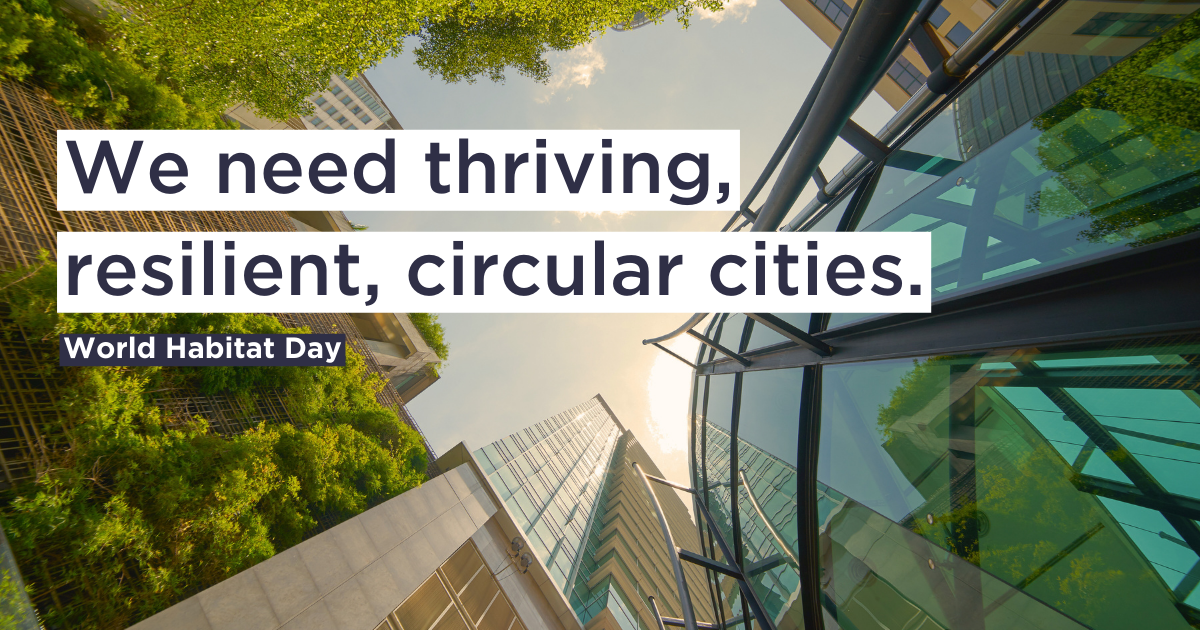Circular Economy 2.0: Real Stories of Communities Closing the Loop
The circular economy is evolving beyond theory into powerful, real-world action. Around the globe, neighbourhoods, small towns, and companies are embracing Circular Economy 2.0—innovative models that close resource loops, minimize waste, regenerate nature, and build resilient local economies. These communities are proving that near-zero waste is achievable with collaboration, creativity, and commitment.
Neighborhoods Leading the Way: Islington, London
Islington Council’s Circular Economy Grants program empowered 23 small businesses to implement circular practices that led to significant local impact. These businesses collectively safeguarded or created 25 jobs and diverted thousands of kilograms of waste and single-use packaging from landfill. For example, a phone repair shop expanded its fast repair services to extend device life, reducing waste and lowering disposal costs by 73%. Another local charity, The Toy Project, engaged the community to donate and reuse 6,000 toys, helping families access affordable play resources sustainably. These projects not only cut waste but also developed skills and raised awareness within the community, demonstrating that small-scale initiatives can ripple into broad economic and environmental benefits.
https://relondon.gov.uk/resources/case-study-islington-circular-economy-grants
Small Town and City Innovations
Cities and small towns worldwide are integrating circular economy principles in localized ways. For instance, composting programs in municipalities like San Francisco and Toronto turn food scraps into regenerative soil, reducing landfill waste. Repair cafés in multiple communities empower residents to fix clothes and electronics, fostering skill-sharing and circular habits. Amsterdam’s Circular City Plan and Hanover’s Ecovillage exemplify how city-scale and neighborhood-level circular consumption can create jobs, build community resilience, and foster sustainable wealth for all residents. These scaled efforts highlight the flexibility and responsiveness of circular neighborhoods as incubators for innovation and inclusion.
Circular Companies Driving Change
Leading companies are transforming waste into value through circular strategies. IKEA’s buy-back program and Patagonia’s Worn Wear initiative promote reuse and product life extension. At Eumelia we focus on hard to recycle items, coffee waste into biofuel and soft plastic into reusable pellets, while Fairphone creates ethical, repairable smartphones to reduce electronic waste. Adidas’ Futurecraft Loop shoes focus on full recyclability. These business models not only reduce environmental impact but enhance brand loyalty and open new sources of revenue. By embedding circularity into their operations, these companies are scaling solutions that align economic success with sustainability goals.
Why These Stories Matter
Across small communities and global companies alike, Circular Economy 2.0 demonstrates that zero waste is more than an aspiration—it’s a local and business reality. These case studies reveal that unlocking circular economy benefits requires investment, partnership, education, and inclusion. Wrap-around support, community engagement, and diversity in projects amplify impact and ensure benefits reach all parts of society.
Each example—from neighborhoods closing loops on food and materials to companies redesigning supply chains—pushes us closer to a regenerative economy. They inspire us to rethink our relationship with resources and join the movement toward a sustainable future.



